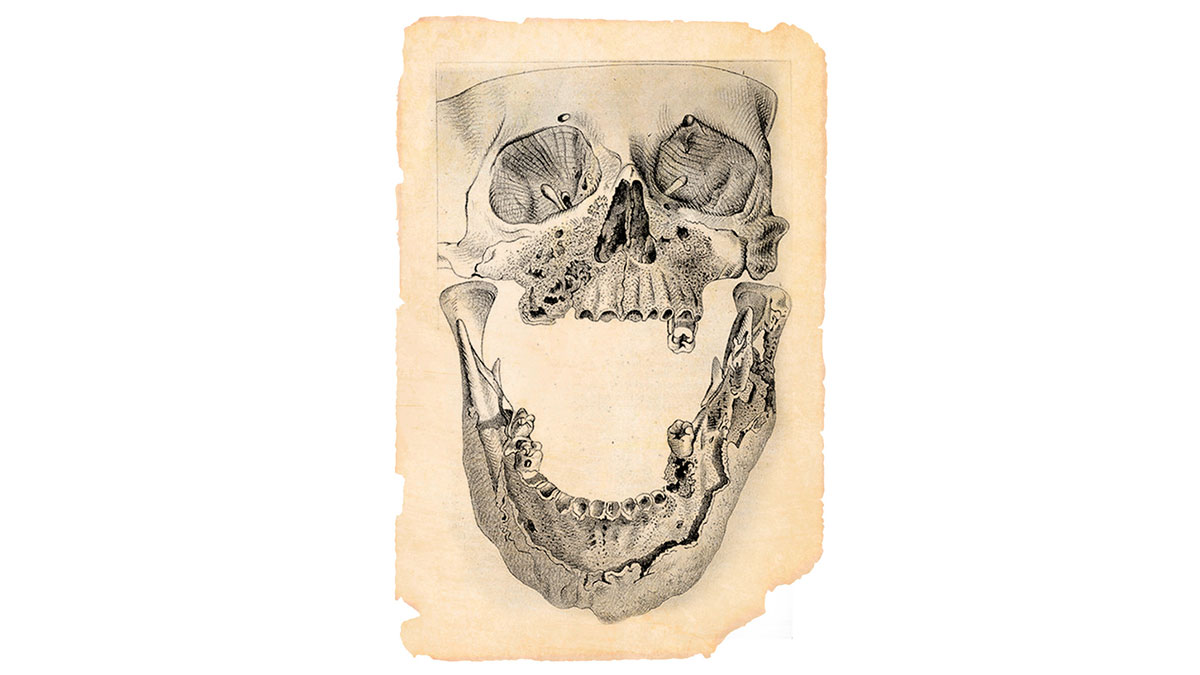Terry Maguire says Sir Alexander Maguire may be his best shot at having a famous ancestor
Consistent with the current paradigm of victims seeking retribution and reparation for past misdeeds, I have a campaign seeking return of the Maguire lands in Co Fermanagh lost in the 17th century. Let me say my campaign is not proving easy or straightforward and sadly I must report that the family itself is mostly to blame. Since Great Grand- daddy Bryan turned on the family after his father Cuconnaght hired a boat and took the O’Donnells and the O’Neills to Europe in 1607 – and himself dying in Genoa of malaria later that year – things have got positively complicated. What I do know now with great certainty is that I am indeed descended from this kingly dynasty and suspect that I might be in line for the top job – Chief of the Maguires – but as I say, it’s complicated.
In my meticulous research I have uncovered many forebears of great note and historical consequence. For example, my ancestor Patrick Maguire was one of Columbus’s crew and oared the landing boat ashore when they first found the Americas. Because they were in shallow water, and to lighten the load, Super-Great- Grand-Daddy Patrick jumped out of the boat and waded ashore unaware that he had become the first European to step on American soil.
There was also antecedent Alexander who was the titular 8th Baron Maguire. The ‘titular’ bit comes from the fact
that in Fermanagh in the late 1700s, this title was no longer recognised and he was viewed as nothing more than a treasonous criminal, yet in France he was a respected officer in the French army. He died in 1801, having lost the titular part when the Revolutionary French had had enough of regal titles, even though they had big plans for Ireland in 1798.
But the reason I mention Alexander is that in my research I keep getting him mixed up with another potential ancestor, Sir Alexander Maguire, who died in more recent times – 1947.
Sir Alex was an important man; an interlocutor between Eamon de Valera and the British in the Civil War into the 1930s and a champion of workers’ rights: the main driving force in Great Britain and Ireland in making industrial use of white phosphorus illegal.
Pure phosphorus comes in a variety of forms due to atomic arrangement and differentiated by colours; white phosphorus (also described as yellow), red, violet and black. Alchemists first discovered white phosphorus in the 1660s when boiling urine and named the new substance phosphorus, after the Greek for ‘light bearer’.
Phosphorus compounds have an intense putrid odour, which quickly scuppered the idea that it might replace candles as a light source in homes and in addition white phosphorus easily burst into flame. The cool, greenish glow of phosphorus is caused by its reaction with oxygen, but it doesn’t take much for this reaction to accelerate and develop into a fire. Phosphorus burns with an incredible intensity and produces thick, choking white smoke – the reason it has military applications in incendiary bombs and smoke screens.
Apothecary John Walker invented the striking match in 1827, which proved a huge commercial success and was improved a few years later by addition of white phosphorus and the process industrialised. Phosphorus-based strike- anywhere matches were produced by the billion. Workers called ‘dippers’ stood by shallow trays filled with steam-heated water in which sticks of white phosphorus were dissolved. Dippers worked long hours in poorly ventilated factories breathing in phosphorus fumes, which were absorbed mainly in the mouth and into the jaw – a process accelerated by poor dental hygiene.
Symptoms were initially toothache followed by tooth loss. The face would swell and abscesses along the jaw would ooze foul-smelling pus. Holes would open up in the face along the jaw line, through which could be seen the dead bone underneath. Sometimes the bone glowed in the dark from the accumulated phosphorus. The first case of phossy jaw was described in Vienna in 1839 in a matchstick worker. Intervention was surgical to remove dead bone in an effort to reduce phosphorus reaching the liver in high concentrations, which could be fatal and often was. Those lucky enough to survive phossy jaw were left permanently disfigured.
This was a major industrial issue from the 1850s and match workers regularly went on strike for safer working conditions. Their action eventually succeeded and white phosphorus in match manufacturing was banned in the UK and Ireland under the White Phosphorus Prohibition Act 1908, which is still on the statute books in Ireland. It was Sir Alexander Maguire, then the owner of what would become Maguire and Patterson match company, who was the main force in getting this legislation through parliament in London. The law sparked an international response and white phosphorus in matches were also banned in many other countries in what was really the first international agreement on the restricted use of a chemical. Off course, red phosphorus was then available as a much safer alternative.
Ironically, phossy jaw is back as a side- effect of bisphosphonate drugs. Various bisphosphonates are used medically including: alendronate, pamidronate, zoledronate, risedronate and ibandronate. Although bisphosphonates have been used clinically for more than three decades, there have been no documented long-term complications of their effects on the jaws until 2002 where there is now growing evidence of the influence of bisphosphonates on osteonecrosis of the jaws.
Phossy jaw occurs rarely when used orally to treat osteoporosis but is much more common when used intravenously for the treatment of bone cancer and Paget’s disease. It is known medically as Bisphosphonate Osteonecrosis (BON), Bisphosphonate-induced osteonecrosis of the jaw (BIONJ) or even Medication Related Osteonecrosis of the Jaw (MRONJ), which is quite a mouthful.
The exact mechanism by which bisphosphonates causes osteonecrosis is not fully understood but is probably
due to a combination of decreased bone remodelling, poor wound healing and an antiangiogenic effect leading to ischaemic changes and subsequent necrosis.
Sir Alex, was awarded a knighthood in 1917 for his work on preventing phossy jaw but tragically died of alcoholism in 1947. He is my best shot at a famous ancestor even though his branch of the family long ago gave up their ambitions to get back our lands in Fermanagh.
The problem with my campaign is that I have now found out that my mother’s line goes straight back to the Protestant ascendency, which makes my case for recompense that bit more difficult.
Terry Maguire owns two pharmacies in Belfast. He is an honorary senior lecturer at the School of Pharmacy, Queen’s University Belfast. His research interests include the contribution of community pharmacy to improving public health.







